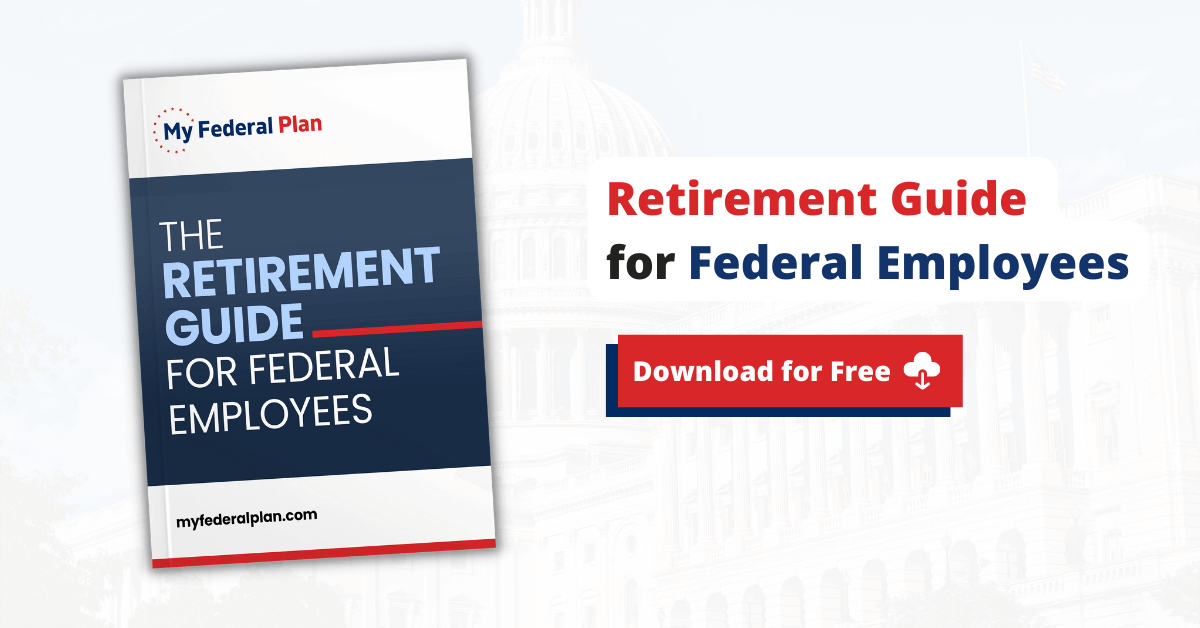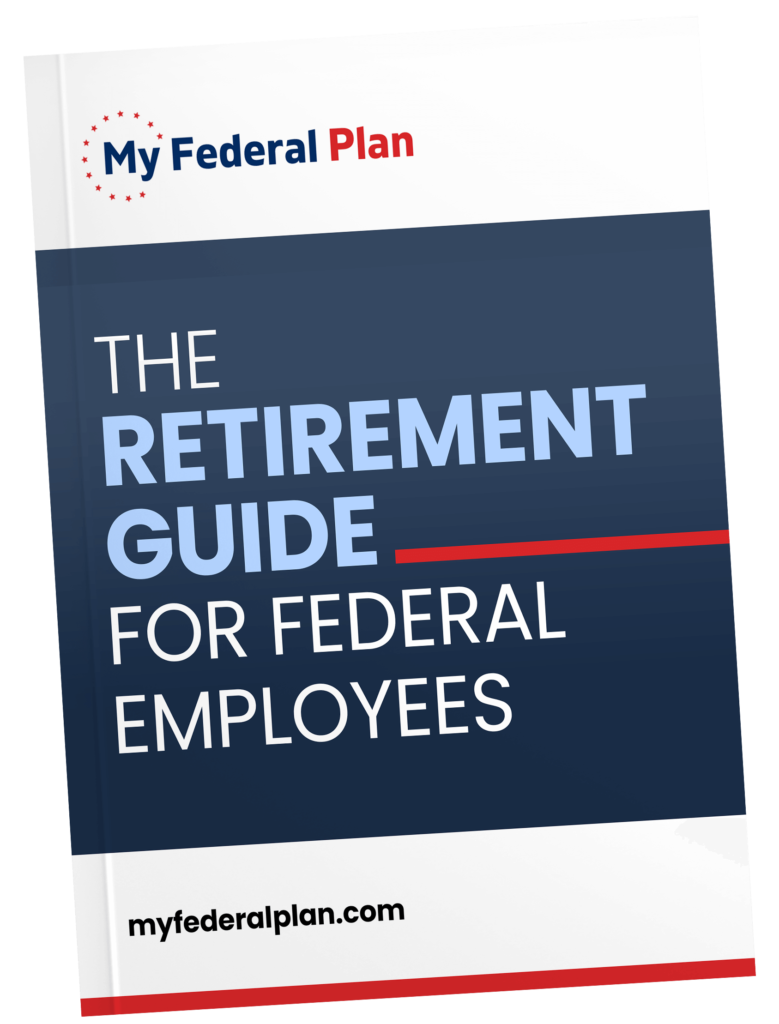There are almost 2 million federal employees in the United States. Are you a federal employee? Do you have questions about your GS pay grade?
Many federal workers are confused about the GS pay scale and how it works. The federal government updates the scale yearly. Keeping up with the changes is sometimes overwhelming and confusing for workers.
The White House unveiled a proposal for an average 4.1% hike in Federal salaries, accompanied by a 0.5% boost in locality pay, resulting in a total average increase of 4.6%. This marks the most significant pay raise for Federal workers in two decades. On Friday, December 23, 2022, President Biden enacted the salary increase by signing an executive order. The plan is set to be implemented starting January 1, 2023.
In this article, we’ll discuss the GS pay scale changes for 2023. Keep reading to understand how it works and how to calculate your salary.
How Does the GS Pay Scale Work?
The GS pay scale is the general scale (GS) classification system. It is used by the federal government to determine the pay for civilian federal workers. Administrative, professional, technical, and clerical functions are the departments most likely to use the GS pay scale.
The US Office of Personnel Management (OPM) administers the GS pay grade. They also oversee human resources policies and general staffing functions. This office calculates pay raises each year after the plan has passed.
When the government hires a new employee, they are generally placed at step one of the pay grade they qualify for. This is not a set rule, however, and may change depending on experience or credentials.
Employees can negotiate higher pay for some positions. This is only applicable if your previous employer paid you a higher salary. It must equal more than step 1 of the current GS grade you are eligible for.

How Many Pay Grades Are There?
Each government agency classifies its own GS positions. There are 15 grades with 1 being the lowest and 15 being the highest. You are assigned a specific pay grade based on a few factors:
- The difficulty of the job
- Responsibility
- Qualifications required
The following chart is a simple guide to the qualifications required for each pay grade:
- GS2 to GS5: high school diploma
- GS5 to GS8: Bachelor’s degree
- GS9 and higher: Master’s degree
This is base pay. What you take home is after taxes, benefits, and retirement payments are deducted. Some jobs offer bonuses or payments for relocation or dangerous jobs.
The types of jobs for each pay grade include:
- GS1 through GS4: internships or student jobs
- GS5 through GS7: entry-level roles
- GS8 through GS12: mid-level positions
- GS13 through GS15: top-level supervisory roles
- GS15+: these are senior executive service roles
As you can see, the pay scale is a little complicated. Understanding your grade and step is a must if you want to calculate changes or raises.
Are you a federal employee? Do you want to retire early? Read this article first.
What Types of Jobs Use the GS Pay Scale?
There is a wide range of federal jobs that use the GS pay scale. As mentioned above, each agency determines the pay grade for each of the roles.
You can see the full list here. A few example roles include:
- Correctional officers
- Park rangers
- Correctional institution administrators
- Safety and occupational health management
- Community planning
- Fingerprint identification
- Security administration
- Emergency management
- Social insurance administration
- Workforce development
- International cooperation
- Social services
- Human resources management
- Secretaries
- Typists
- Coding
- Equal opportunity compliance
Are you a federal employee and have questions about your benefits? Check out this article and contact us today for more information.
Current GS Pay Scale
The current GS pay scale is available widely on the internet or through this article. We’ll outline the basic salary ranges below. These rates are dependent on the step you are in and locality adjustments.
- GS1: $20,172 to $25,234
- GS2: $22,682 to $28,546
- GS3: $24,749 to $32,174
- GS4: $27,782 to $36,116
- GS5: $31,083 to $40,407
- GS6: $34,649 to $45,044
- GS7: $38,503 to $50,050
- GS8: $42,641 to $55,430
- GS9: $47,097 to $61,227
- GS10: $51,864 to $67,425
- GS11: $56,983 to $74,074
- GS12: $68,299 to $88,792
- GS13: $81,216 to $105,579
- GS14: $95,973 to $124,764
- GS15: $112,890 to $146,757
As you can see, the salary range from GS1 to GS15 is wide. The low end of the salary range is for step 1 and the high end is step 10.
How To Move Up In Pay Grade
Each pay grade has 10 steps to complete before advancing to the next level. Each step is worth 3% of the employee’s salary. Employees can advance to new steps through longevity and exceptional performance.
There are waiting periods for each of the steps. If an employee remains in a single grade, it would take an average of 18 years to advance from steps 1 to 10. Receiving exceptional performance ratings can help employees to advance through the steps faster.
Steps 1 through 3 require a year waiting period. Steps 4 through 6 have 2 years. Steps 7 through 9 have a 3 year period.
There are a few ways to advance to the next pay grade. Federal workers can apply for higher-level jobs they are interested in. Those employees with exceptional performance reviews often receive promotions.
Have questions about your future as a federal employee? Check out our free retirement guide.
When you receive a promotion from one pay grade to another, the steps do reset. For example, you were GS5 at step 8 and received a promotion. You are now a GS6 at step 6.
Promotions put your steps back by two. Being placed in a new grade will also mean you have to wait 2 years to move up a step. This is a must for everyone who receives a promotion.
Competitive vs. Non-Competitive Roles
GS1 through GS12 promotions and changes can happen anytime at the manager’s discretion. GS12 roles and below classify as non-competitive. These roles are open to select candidates instead of the general public.
Competitive positions are those at GS13 pay grade and above. These roles are open to the public and you must apply to get the role. It isn’t as simple as a promotion, you have to go through the entire process.
Steps to Apply for a Competitive Role
When you want a GS13 or higher role, you have to go through the federal application and selection process. This is a several step process and can be time-consuming.
- Fill out the application and submit a federal resume
- Review by the human resources department
- Forward to the hiring manager
- Interview by phone or in-person
- Wait for the final decision
This can take weeks to months. When the application goes to the HR team, they assess and score it. There are many factors that go into the score, including your qualifications and past experience.
It’s important to follow all directions in the job announcement and submit all required documents. Applications that do not meet the requirements will not be considered.
Depending on the score, you will progress to the next step. Competitive roles are subject to the civil service laws passed by Congress. These laws were passed to ensure each applicant receives fair and equal treatment throughout the hiring process.
Changes in the 2022 GS Pay Scale
Government employees saw a 2.7% pay raise for the 2022 year. This pay raise went into effect on January 2, 2022. This increase is for GS employees only, other agencies use a different calculation.
Do you work for the federal government under another personnel agency? Then the pay raise uses a slightly different calculation.
How To Calculate Federal Salary
To determine your salary, you must know your GS pay grade, the step you are in, and if a locality adjustment applies. Click here for a free federal salary calculator. If you don’t want to use the calculator, you can do the math yourself.
You would determine the amount of your base pay determined by the pay grade and step. You would then add the adjustment amount if a locality increase applies to your location.
How Are Federal Wage Changes Determined
Retired federal employees see yearly pay adjustments based on the cost of living.
Current federal employee raises go through a more complicated process. Federal employees can expect yearly salary increases. These increases do depend on political happenings and who the president is at the time.
Some years, Congress passes annual pay rate changes in an appropriations bill. When this happens, it is not legally required for Congress to address or consider a federal employee raise.
The Federal Employees Pay Comparability Act (FEPCA) was passed for federal employee pay. It is a two-part annual guide to determine GS employee pay raise. One part is the across the board amount and the other is the locality adjustments. FEPCA was passed in 1990 and included a set formula for determining pay raises.
The problem is, the decision-makers do not follow the formula because it is very costly. Instead, the President proposes an alternative plan with expected pay raises. This plan is usually released in August the year before it goes into effect.
By December, changes are made and the President must sign an executive order to process the payment plan. The Office of Personnel Management then calculates the raise amounts. They then post a chart for federal employees to look at with raises and locality adjustments calculated.
What Are Locality Pay Areas?
Most GS employees are eligible to receive locality pay. This is a percentage of local average pay rates based on geographic locations. There are 47 locality pay areas covering the US and its territories.
Depending on the closest locality, a GS employee may have a higher pay rate than the set GS scale. This is to cover inflation and meet local civilian pay averages.
Some geographic locations have difficulty filling positions. Agencies in those areas may have special pay rates that are much higher than regular GS rates.
Current GS Locality Pay Areas
Check out this chart to see how much the pay raise for 2023 was for each locality. For 2023, a 4.6% raise was an average. Actual pay increases range from 2.42% to 3.21% depending on locality.
A few of the pay rates based on locality include:
- Austin-Round Rock, TX: 4.63%
- Cleveland-Akron-Canton, OH: 4.48%
- Denver-Aurora, CO: 4.87%
- Harrisburg-Lebanon, PA: 4.71%
- The state of Hawaii: 4.77%
- Chicago, IL: 4.59%
The across the board raise in 2023 was 4.1% with 0.5% distributed to localities. The locality amounts raise each year with the annual pay increase. Some years, locality increases are not included in the plan.
Schedule a Free Consultation
This article covered GS pay scales for federal employees. We hope you learned something from it and it helped you understand the pay grades. Calculating your salary should be easier than ever after this guide!
Are you a federal employee? Do you have more questions? Do you worry about how to approach retirement?
At My Federal Plan, we guide federal employees through selecting federal benefits. Federal workers have a lot of options to choose from. These include a variety of retirement plans, benefits, and health insurance plans.
Let us help you make the best choice for you and your family! We offer our expertise to workers to help them determine both short- and long-term plans. This will give a clear picture of what benefits will support the worker.
We provide individualized consulting through our network of agents to help you plan for the future. We are here to help! Book a free consultation today to discuss your future options.

